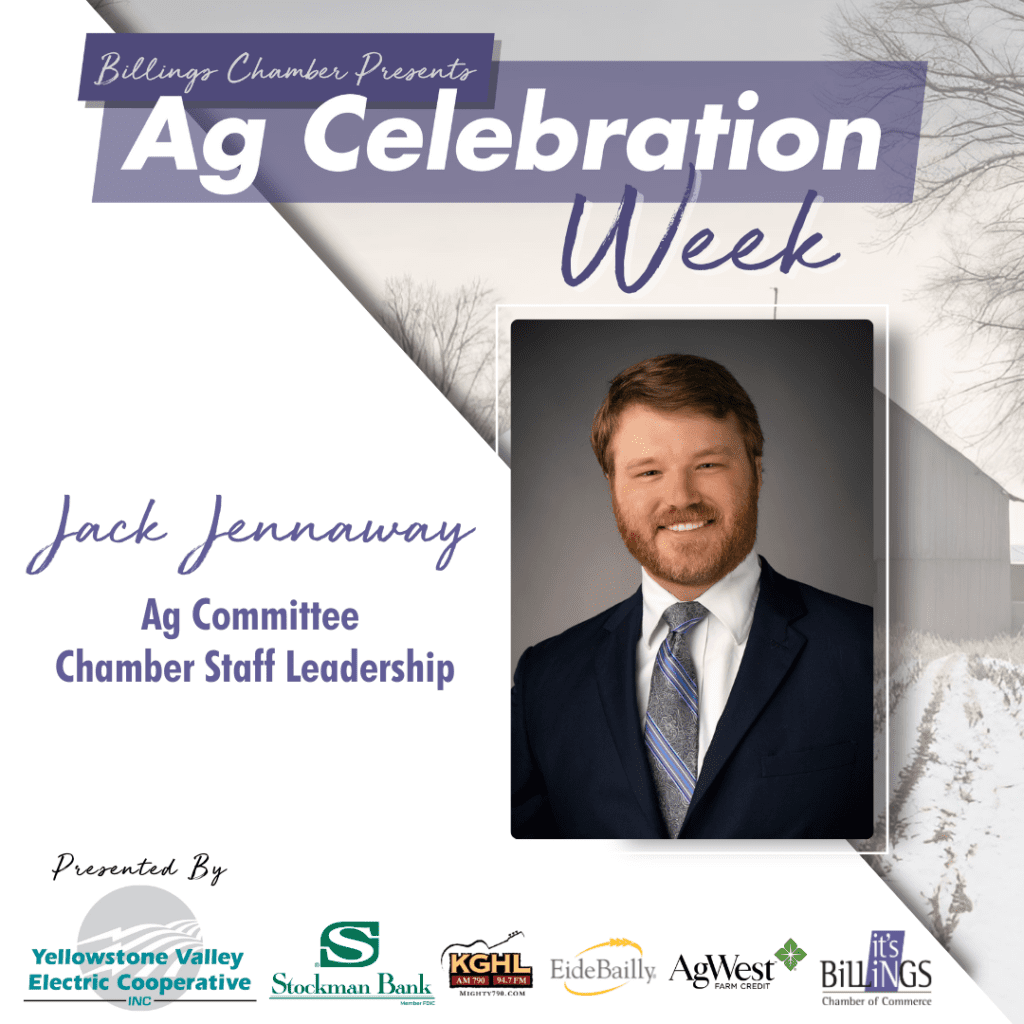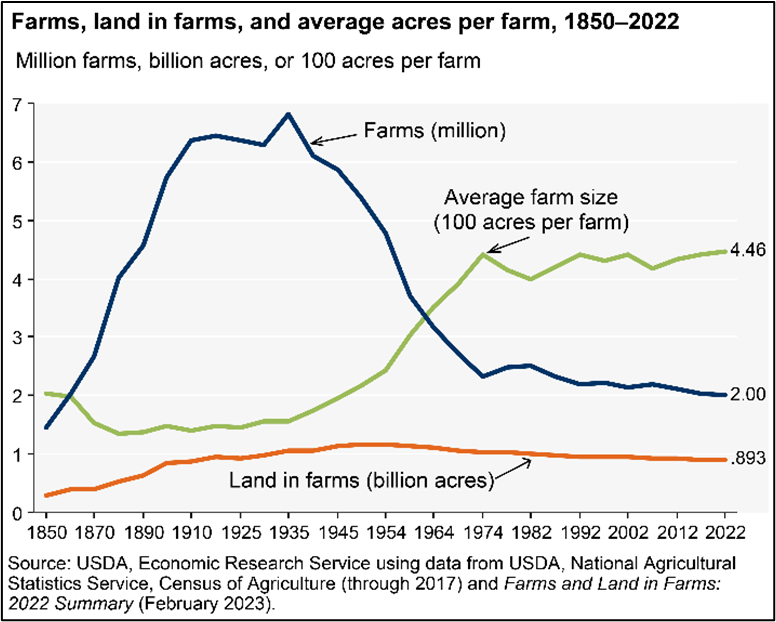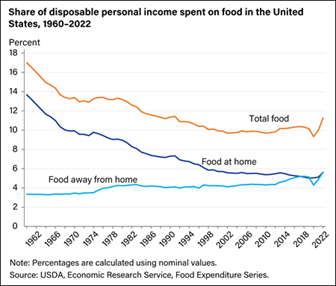Ag Industry Evolution by Jack Jennaway, Business Advocacy Manager
Today’s agriculture industry is not your grandfather’s ag industry. In my case, this is quite literal. My grandfather was born on a homestead, miles from the nearest settlement; he built earthen reservoir dams with horse-drawn equipment—today, farmers operate multi-million-dollar enterprises, using satellite-guided equipment to work thousands of acres. The unbelievable shift in scale of American farms, driven by technology and economic realities, has allowed the United States to become the breadbasket of the world—it has literally saved lives—but it is also driving a major cultural shift in the industry and causing many of the pressures giving farmers and ranchers sleepless nights.
In 1900, just under 40 percent of the total US population lived on farms, and 60 percent lived in rural areas. Today, the respective figures are only about 1 percent and 20 percent. The number of farms and farmers has shrunk, while the number of acres farmed has remained relatively constant (see right). This is a perfect example of what an economist would call “increased labor productivity;” simply put, a worker today can accomplish much more than the same worker could accomplish 50 years ago. This chart also reveals a huge amount of consolidation. The number of acres owned or leased by the average farm has increased dramatically.
Consolidation is often looked upon as a bad thing, but in agriculture it is responsible for one of the most underappreciated trends in history. We are able to produce more food for less cost today than ever before thanks to the economies of scale larger operations enable. (Fertilizer is an incredibly important part of this story as well, but that’s a topic for another blog.)
Americans in 2022 spent 11.3 % of their disposable personal income on food compared with about 17% in 1952, a shift which would be much more dramatic except for the fact that more Americans can afford to eat out today. More importantly, more people in poverty around the world can afford food. The UN FAO estimated that one-in-three people in ‘developing countries’ suffered from hunger in 1970. Today, less than one-in-ten people go without enough food. This change in food prices is enabled by increased farm productivity, but it also means that farmers need to operate on that larger scale in order to be profitable.
Increased scale, of course, is enabled mostly by technology. For one person to farm more land, they need to have larger fields and wider tillers and planters. To pull larger tillers and planters, we need much, much larger tractors. The job my grandfather did with a horse over the course of months, my dad can do with a tractor in an afternoon. Take for example the John Deere 9R 390. It is neither the largest nor the most specialized tractor on the market, yet it will certainly make someone unfamiliar with farm equipment feel small standing next to it. This tractor is capable of pulling tilling, planting, and harvesting equipment previous generations could only dream of.
Larger equipment, of course, comes with a larger price tag. The 9R 390 lists for around $538,000 depending on which optional features you opt to purchase. Larger farms mean more expensive equipment, more seed and fertilizer purchased each year, more fuel, and overall higher input costs. This is objectively a more efficient way to operate, but it leads by necessity to a more financialized operation. To acquire that much land, purchase that much equipment and other inputs, farmers today carry more debt than ever before. Ask any farmer or rancher and they will tell you that they have a close business relationship with their banker. I want to make one thing very clear: bankers are not the villains of this story; finance plays an important role in allowing American agriculture to adapt rather than die. With all things, however, there are tradeoffs. For one thing, farmers are more exposed to interest rates than ever before; a farmer’s profitability can take a significant hit as more of their revenue has to go to interest payments. For another, one will often hear people in the industry bemoaning the difficulty of getting the next generation into agriculture. A common expression is that the three ways into farming are the alter, the cradle, or the grave—you can marry into an operation, be born into it, or inherit one, but buying a farm has become much harder.
All of these changes are challenging the agriculture industry’s self-conception. Farming has become a highly specialized profession that requires a great deal of technical knowledge and strong financial management. As the weight of feeding the world falls on fewer heads, the pressure on each individual increases. There is much more to unpack on this topic—the impact consolidation has on rural communities, or the influence of global trade to name a few, but it is safe to say that the Jeffersonian vision of the self-sufficient yeoman farmer is gone. What comes next, we get to decide together.



